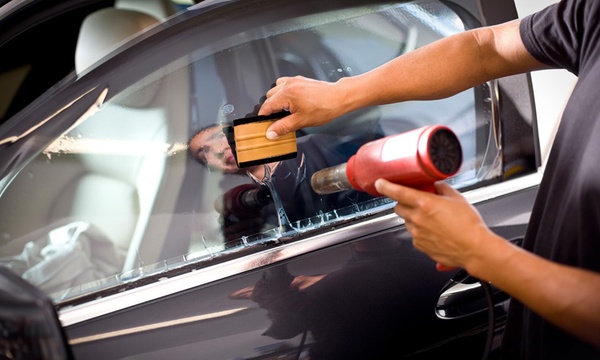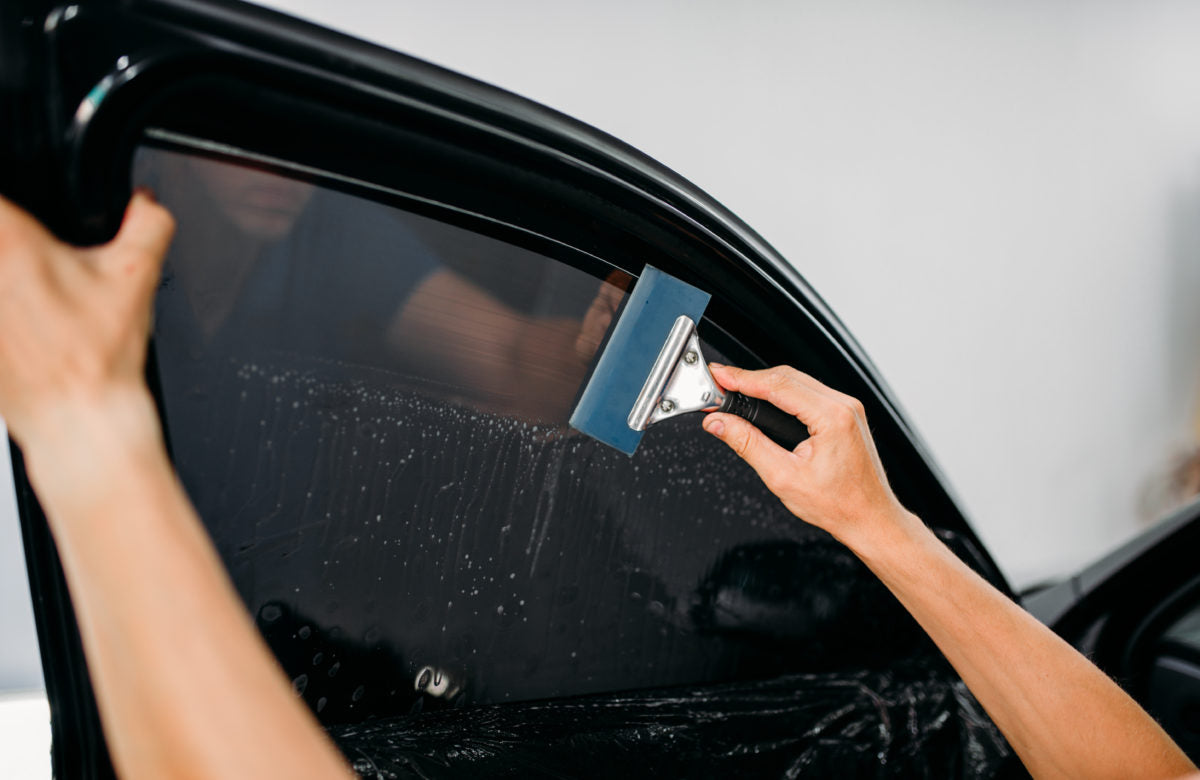The Complete Malfunction of Auto Window Tinting Regulations: Remain Informed and Avoid Pricey Fines
Recognizing the details of car window tinting legislations is extremely important for every vehicle owner. Let's explore the nuances of window tinting policies, from legal portions to enforcement procedures, and find the necessary tips for keeping tinting conformity.

Value of Understanding Tinting Laws
Recognizing tinting regulations is critical for car proprietors to ensure conformity with regulations and prevent potential fines or fines. Each state has specific legislations regarding the darkness of window tinting enabled on vehicles. These legislations remain in place to make sure the safety and security of drivers, pedestrians, and law enforcement policemans. By being educated concerning tinting laws, auto owners can make informed choices concerning their lorry alterations and avoid the inconvenience of having to eliminate unlawful color.
In enhancement to legal consequences, improper home window tinting can also affect visibility while driving, specifically at evening or in negative weather condition conditions. Dark window colors can minimize exposure for the chauffeur and obstruct the sight of pedestrians or various other automobiles, boosting the danger of accidents. Car tint cost. Comprehending the tinting laws can aid vehicle drivers strike a balance in between visual appeals and safety and security
Additionally, conforming with tinting regulations can additionally avoid unneeded expenditures. Removing prohibited tint and paying penalties can be costly, adding economic problems to vehicle proprietors. By following tinting legislations from the start, motorists can stay clear of these extra expenditures and ensure a smooth driving experience without disturbances from law enforcement.
Sorts Of Home Window Tinting Laws
Having a clear understanding of the significance of following tinting regulations, it is vital to understand the different kinds of window tinting policies enforced throughout various states. These regulations typically revolve around the Visible Light Transmission (VLT) portion, which determines the quantity of light allowed to travel through the colored windows. States like The golden state have strict laws, permitting only 70% VLT for the front side windows and windshield, while states such as North Dakota permit up to 50% VLT. In addition, some states have differing policies for back windows and side windows behind the vehicle driver. It's crucial for lorry owners to acquaint themselves with these particular regulations to prevent citations or penalties.
Moreover, particular states might likewise have policies concerning the reflective buildings of home window tint and using certain colors. Reflective color is typically banned, and colors like red, amber, and yellow may not be enabled due to presence problems. When tinting their windows to make sure conformity with the regulation., comprehending these nuances in window tinting laws can aid car proprietors make notified decisions.
Legal Tinting Percent Standards
Discovering the permissible tinting portions developed by state legislations supplies vital support for car owners seeking to follow lawful policies (car tinting). These standards dictate the maximum allowed darkness for home window tints, normally determined in Visible Light Transmission (VLT) portion-- the amount of light that can travel through the color. For instance, some states may permit a VLT of 70% on the front side home windows, while others just enable 50%. Back side home windows and the rear windscreen usually have various VLT restrictions, which can range states.
Prior to applying window colors to a lorry, it is advisable to research and familiarize oneself with the tinting regulations specific to the state of registration. By following these regulations, vehicle proprietors can enjoy the advantages of home window tinting while remaining on the appropriate side swap shop tints of the regulation.

Enforcement and Consequences of Infractions
Applying the affordable tint well-known tinting percent standards is crucial in preserving compliance with state regulations on automobile window tinting. Law enforcement firms perform routine checks to guarantee cars meet the defined tint darkness restrictions. To prevent these enforcement actions and possible dangers, it is vital for vehicle proprietors to stay informed regarding the tinting laws in their state and ensure their vehicle's window colors comply with the defined regulations.
Tips for Compliant Window Tinting
To make sure compliance with car home window tinting legislations, it is essential for vehicle proprietors to comply with specific pointers for picking and applying home window tints. In addition, think about having a professional home window tinting service set up the tint. By sticking to these tips, you can take pleasure in the benefits of home window tinting while staying within the boundaries of the law.

Conclusion
In conclusion, it is critical to be well-informed about cars and truck home window tinting laws to stay clear of potential fines and penalties. Understanding the different types of guidelines and lawful tinting percent standards can help ensure conformity with the legislation.
Having a clear understanding of the relevance of abiding with tinting laws, it is necessary to be mindful of the different types of window tinting guidelines applied across various states. Comprehending these nuances in window tinting laws can help vehicle owners make notified decisions when tinting their home windows to ensure conformity with the law.
Before applying official source window tints to a vehicle, it is recommended to research study and familiarize oneself with the tinting legislations details to the state of enrollment. To avoid these enforcement actions and prospective dangers, it is crucial for auto proprietors to remain educated regarding the tinting legislations in their state and ensure their car's window tints abide with the specified regulations.
To guarantee compliance with car home window tinting legislations, it is essential for car owners to adhere to details pointers for picking and applying home window colors.